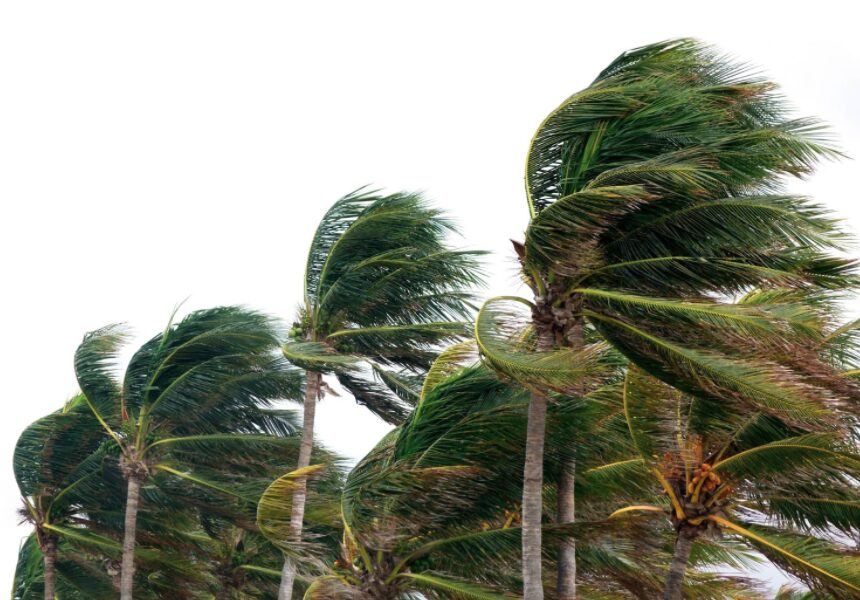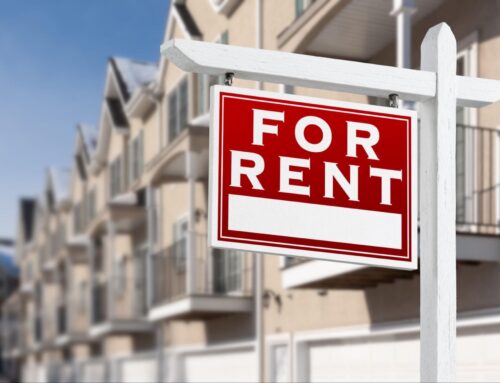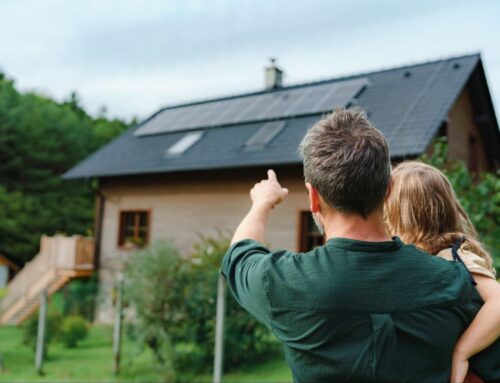Hurricane season is upon us here in the lowcountry and it is time to think about what steps you should take to prepare and protect your rental properties from the effects of potential storms. June marks the beginning of hurricane season all the way until November, but it isn’t until late August that storms traditionally start picking up. Therefore, you still have time to prep your rental properties for hurricane season.
Check Your Insurance
Prior to the storm, review your insurance policies for your properties to confirm what you are liable for as a property manager and owner. This will allow you to be informed on what you are responsible for versus your tenants and will thus make it easier to communicate the steps you and your tenants should take to protect the property. Once you are aware of your responsibilities to protect the home, reach out to your tenants and confirm they are aware of their responsibilities.
Communicate with Tenants
Prior to the storm reaching Charleston, reach out to tenants to make sure they are aware of the impending storm and its potential effects. For many renters, they may not be from the coast and have never experienced a hurricane before. During this time, they will be relying on their property manager for guidance on how to maintain and protect their home and themselves. Additionally, make sure they are aware of their responsibilities regarding protecting the home. Whether this is moving outdoor furniture and accessories inside or making sure windows and doors are sealed, clearly communicate the necessary tasks to ensure your property is protected. Finally, confirm that they have an evacuation plan, if necessary.
Perform Outdoor Maintenance
Once you and your tenants are aware of each other’s responsibilities to protect the property, begin preparing the exterior of the property for the impending rain, wind, and potential flooding. One major tip is to trim any large branches and bushes that could fall on the home or cause external damage. Additionally, clean all gutters to ensure that the surplus rain water can flow smoothly through the gutters and drain effectively. Doing so will prevent water damage, because clogged gutters can cause roof damage if the water is allowed to sit. Finally, check the foundation of the home for any cracks or other issues. Cracks in the foundation could be a potential spot for rainwater to seep into the home and flood the foundation, and can be worsened by the strong winds, thus potentially causing serious issues after the storm has passed.
Perform Internal Maintenance
Now that the outside of your property is protected, it is time to focus your efforts inwards. Install surge protectors on outlets that are used for major appliances such as televisions, refrigerators, stoves, washing machines, etc. This will protect the appliances from the electricity surge once the power is restored after a storm. However, these surge protectors will not prevent damage during the storm so it is important to remind your tenants to unplug all appliances during the storm and especially in the event of a power outage. While inside the home, you might consider installing storm shutters to further protect your property. Storm shutters are industrial grade shutters and blinds that serve to protect glass windows from destruction from debris and water. They provide a seal on windows and keep the elements out during a hurricane. While these are an expensive upfront investment, they provide major payoff in the long run by protecting your property from potential damage. Additionally, these blinds keep you from having to board up and sandbag all of the windows and doors at each of your properties every time there is a storm.
Unfortunately, hurricanes are inevitable in the lowcountry, but by being proactive with hurricane preparations, you can minimize damage and keep your properties safe all season long from June through November.






